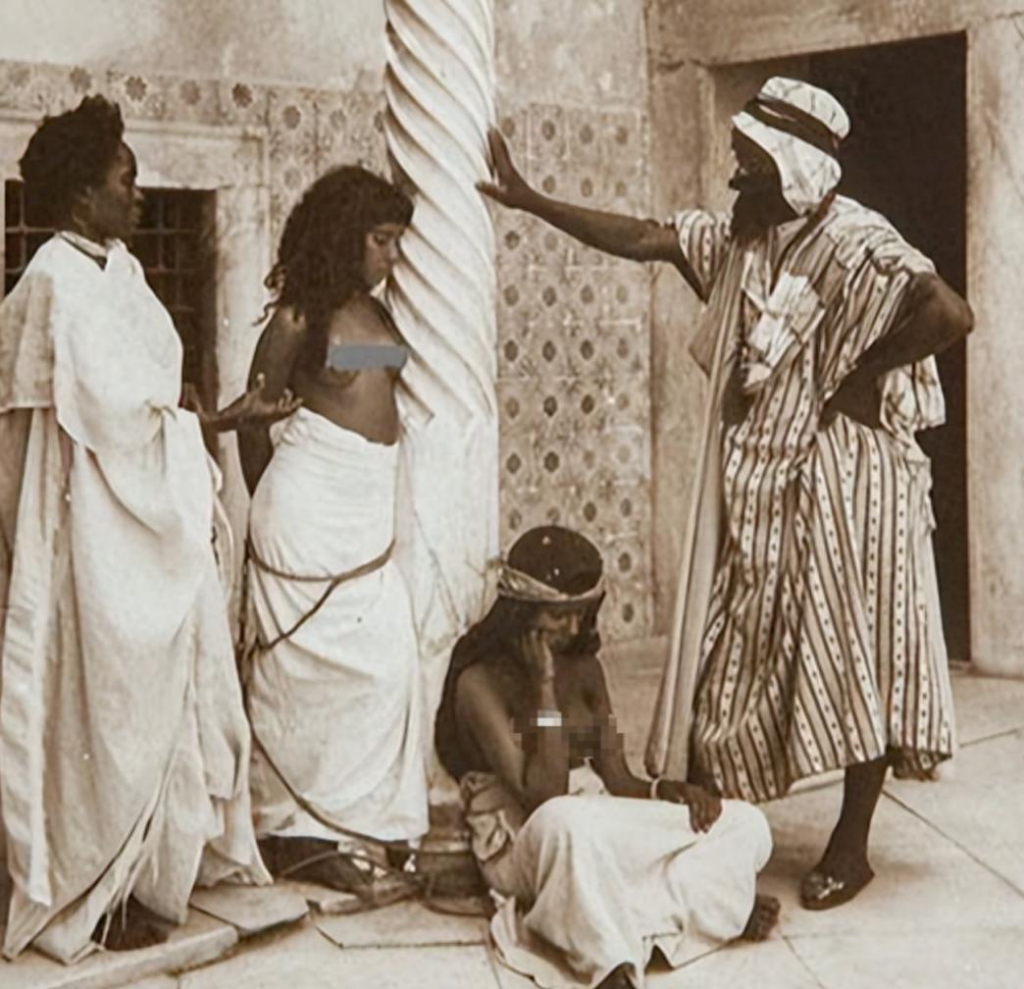Slavery in ancient Rome was not just a system of social hierarchy; it was a brutal reality for millions of people, especially women. Female slaves endured unimaginable hardships, from relentless labor to horrific abuse. Their existence was defined by servitude, exploitation, and a complete lack of personal freedom. This article delves into the harrowing lives of these women, shedding light on their struggles and the enduring impact of their suffering.

The Sources of Slavery
Slavery in ancient Rome had various sources. Many slaves were prisoners of war, while others were kidnapped by pirates or sold into slavery due to unpaid debts. Some were even born into slavery, inheriting the cruel fate of their mothers. It is estimated that at the height of the Roman Empire, slaves made up a significant portion of the population, with women accounting for a large percentage.
Unlike male slaves, whose duties often included hard labor in mines or gladiatorial combat, female slaves were primarily forced into domestic work. However, their suffering was not limited to household chores—they were also subjected to sexual exploitation and violence on an institutionalized level.
The Roles and Daily Struggles of Female Slaves
Female slaves were expected to handle almost all domestic tasks, including cleaning, cooking, weaving, and child-rearing. These responsibilities were physically demanding and emotionally draining, yet they paled in comparison to the darker reality many female slaves faced.
Sexual exploitation was rampant. Female slaves were considered property, and their owners had unrestricted control over their bodies. Many were forced into sexual servitude, either for their masters or as prostitutes in brothels owned by Roman elites. In some cases, they were treated as commodities, traded between households like objects rather than human beings.
Roman law offered no protection to female slaves. They had no legal rights, no ability to refuse their owners’ demands, and no recourse for the abuse they suffered. The children born to these women were automatically enslaved, continuing the cycle of oppression.
The Dark Reality of Roman Brothels
Many female slaves ended up in brothels, where they were forced to serve wealthy Roman citizens, soldiers, and even politicians. These establishments were a lucrative business for their owners, who profited immensely from the exploitation of these women. Roman brothels were notorious for their inhumane conditions, and the women trapped in them had no hope of freedom.
Records from the time suggest that some female slaves were sold into prostitution at a young age, never knowing a life outside of forced servitude. The high demand for enslaved prostitutes ensured that many women remained trapped in this system, their suffering ignored by society.
Resistance and the Fight for Freedom
Despite their dire circumstances, some female slaves attempted to escape or resist their oppressors. Some managed to flee and sought refuge in cities, while others banded together in secret acts of defiance. However, the consequences of being caught were severe—runaway slaves were often brutally punished, tortured, or executed as a warning to others.
While large-scale slave revolts like the famous Spartacus Rebellion were primarily led by male slaves, women played a role in resisting their oppressors in smaller, less-documented ways. Some poisoned their masters, others committed acts of sabotage, and a few even managed to buy their freedom through years of saving and negotiation.
The Decline of Slavery and Its Cultural Impact
As Rome transitioned into late antiquity, the treatment of slaves slowly began to change, partly due to the rise of Christianity. Christian teachings promoted the idea of human dignity, leading to slight improvements in the conditions of slaves. By the time the Roman Empire fell, slavery was still present but had begun to decline in importance.
The legacy of Roman slavery continues to inform discussions about human rights and social justice today. The exploitation of marginalized groups, especially women, remains a pressing issue in many parts of the world. By studying history, we gain a deeper understanding of past injustices and the importance of fighting for equality in the present.

No comments yet.